Home>Gardening & Outdoor>Garden Tools & Equipment>How To Make A Go Kart With A Lawnmower Engine
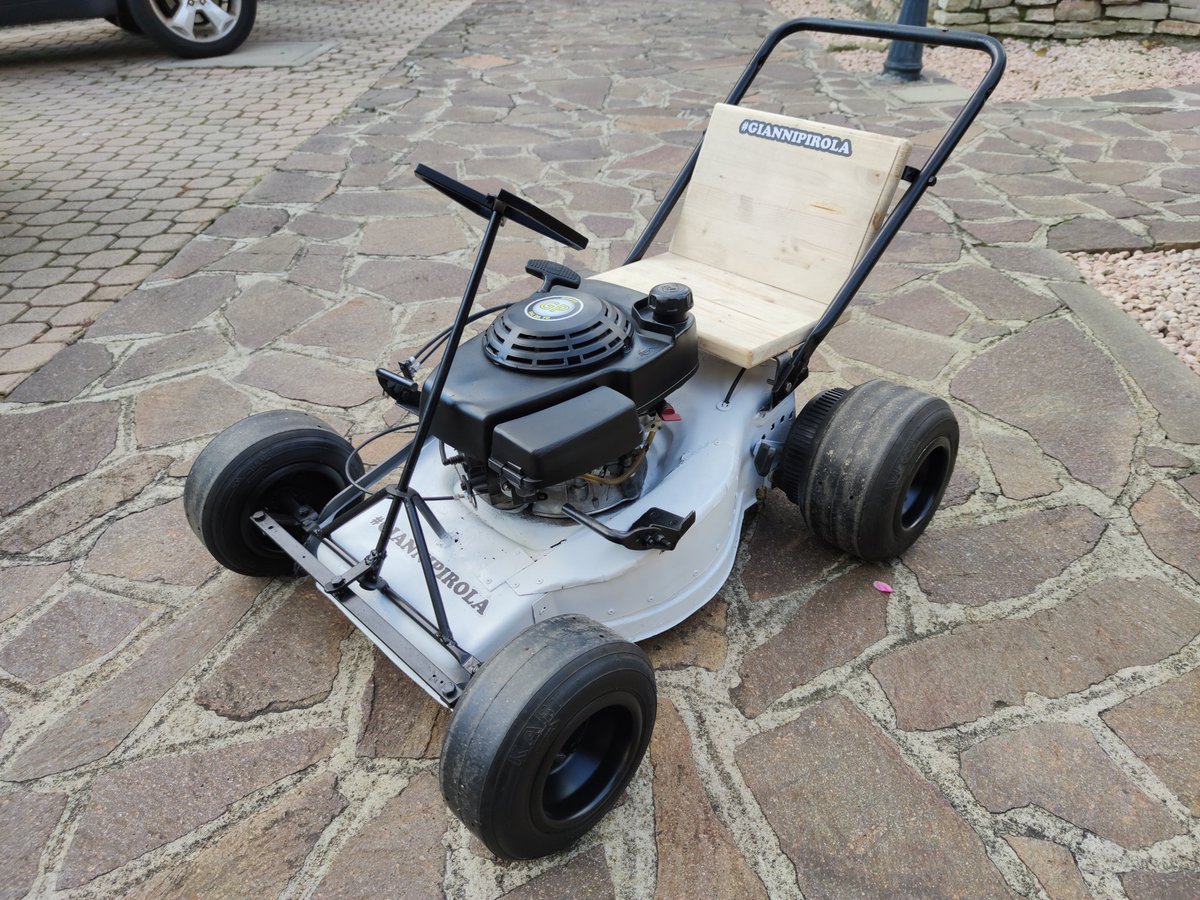

Garden Tools & Equipment
How To Make A Go Kart With A Lawnmower Engine
Published: January 21, 2024
Learn how to build a go-kart using a lawnmower engine with our comprehensive guide. Get creative with garden tools and equipment to create your own thrilling ride. Unlock the potential of your outdoor gear today!
(Many of the links in this article redirect to a specific reviewed product. Your purchase of these products through affiliate links helps to generate commission for Storables.com, at no extra cost. Learn more)
Introduction
So, you've got an old lawnmower engine lying around and a burning desire to create something fun and exciting. How about building your very own go-kart using that trusty engine? With a bit of creativity, some basic tools, and a dash of ingenuity, you can transform that unused engine into a thrilling go-kart that will provide hours of entertainment.
Building a go-kart with a lawnmower engine is a fantastic way to repurpose an old engine and create a unique vehicle that will turn heads and provide endless enjoyment. Whether you're a seasoned DIY enthusiast or just looking for a new project to tackle, this endeavor offers an excellent opportunity to learn about mechanics, fabrication, and engineering while having a blast in the process.
In this comprehensive guide, we'll walk you through the step-by-step process of constructing a go-kart using a lawnmower engine. From gathering the necessary materials to fine-tuning the finishing touches, you'll gain valuable insights into the exciting world of go-kart fabrication. So, roll up your sleeves, grab your toolbox, and let's dive into the exhilarating journey of building your very own go-kart from a humble lawnmower engine.
Key Takeaways:
- Transforming a lawnmower engine into a go-kart is an exciting DIY project that teaches mechanics and engineering skills while providing endless entertainment.
- Building a go-kart involves meticulous steps, from preparing the engine to testing and safety measures, culminating in the thrill of driving your custom creation.
Read more: How To Rebuild A Lawnmower Engine
Materials Needed
Before embarking on your go-kart building adventure, it’s essential to gather all the necessary materials and tools. Here’s a comprehensive list of items you’ll need to bring your go-kart to life:
- 1. Lawnmower Engine: The heart of your go-kart, the lawnmower engine will provide the power to propel your creation forward. Ensure that the engine is in good working condition and capable of powering a small vehicle.
- 2. Steel Tubing: This will serve as the main material for constructing the frame of the go-kart. Opt for sturdy steel tubing that can withstand the rigors of outdoor use.
- 3. Welding Equipment: A welding machine and related accessories will be necessary for joining the steel tubing to create the frame and other structural components.
- 4. Wheels and Tires: Select durable go-kart wheels and tires that are suitable for the terrain on which you plan to drive your creation. Ensure that the wheels are compatible with the axle diameter of the lawnmower engine.
- 5. Steering Mechanism: Components such as a steering wheel, tie rods, and steering column will be essential for controlling the direction of the go-kart.
- 6. Brake System: Incorporate a reliable brake system to ensure safe stopping capabilities. This may include disc brakes, brake calipers, and brake lines.
- 7. Seat and Safety Harness: A comfortable and secure seat, along with a safety harness, will provide the necessary support and protection for the driver.
- 8. Throttle and Brake Pedals: These components will enable the driver to control the acceleration and braking of the go-kart.
- 9. Engine Mounting Plate: Fabricate or acquire a sturdy mounting plate to securely attach the lawnmower engine to the frame of the go-kart.
- 10. Chain and Sprocket: A reliable chain and sprocket system will transmit power from the engine to the rear axle, propelling the go-kart forward.
- 11. Engine Pulley and Belt: If utilizing a belt drive system, ensure that the engine pulley and belt are compatible and in good condition.
- 12. Safety Gear: Prioritize safety by obtaining a helmet, gloves, and other protective gear to ensure a safe and enjoyable riding experience.
- 13. Basic Tools: A set of basic hand tools, including wrenches, sockets, and screwdrivers, will be necessary for assembly and fabrication tasks.
By gathering these materials and tools, you’ll be well-prepared to commence the exciting journey of constructing your very own go-kart using a lawnmower engine.
Preparing the Lawnmower Engine
Before integrating the lawnmower engine into your go-kart, it’s crucial to ensure that the engine is in optimal condition and appropriately configured for its new role. Follow these essential steps to prepare the lawnmower engine for its transformation into a power source for your go-kart:
- Inspect and Clean: Begin by thoroughly inspecting the lawnmower engine for any signs of damage, wear, or corrosion. Check the spark plug, air filter, and fuel system, and clean or replace any components showing excessive wear or deterioration.
- Engine Mounting: Determine the ideal location for mounting the engine on the go-kart frame. Fabricate or acquire a sturdy mounting plate that securely attaches the engine to the frame, ensuring proper alignment and clearance for the drive components.
- Drive System Configuration: Assess the drive system of the lawnmower engine, which may utilize a belt and pulley system or a direct drive shaft. Depending on the configuration, ensure that the necessary components, such as pulleys, belts, and sprockets, are compatible with the engine and the rear axle of the go-kart.
- Throttle Control: Implement a reliable throttle control mechanism to regulate the engine’s speed. This may involve adapting the existing throttle linkage or installing a new throttle cable to interface with the go-kart’s accelerator pedal.
- Exhaust System: Evaluate the exhaust system of the lawnmower engine and make any necessary modifications to ensure proper routing and adequate muffling. Consider the placement of the exhaust to prevent heat-related issues and minimize noise levels.
- Engine Testing: Prior to final installation, perform a test run of the engine to verify its functionality and identify any potential issues. Ensure that the engine starts smoothly, accelerates without hesitation, and operates within safe temperature ranges.
By meticulously preparing the lawnmower engine for its new role as the powerhouse of your go-kart, you’ll lay the groundwork for a reliable and exhilarating driving experience. With the engine primed and ready, it’s time to shift focus to constructing the frame that will house this potent source of propulsion.
Building the Frame
The frame serves as the structural backbone of your go-kart, providing support for the various components and ensuring the vehicle’s overall stability and durability. Constructing a robust and well-designed frame is essential for the safety and performance of your go-kart. Here’s a step-by-step guide to building the frame:
- Frame Design: Begin by conceptualizing the design of the frame, considering factors such as overall dimensions, seating arrangement, and the placement of the engine and drive components. Sketch out a detailed plan to serve as a blueprint for the fabrication process.
- Steel Tubing Selection: Choose high-quality steel tubing that aligns with the design specifications of your frame. Opt for tubing with adequate strength and rigidity to withstand the forces encountered during operation.
- Cutting and Shaping: Using a tubing cutter or a metal saw, carefully cut the steel tubing according to the dimensions outlined in your design plan. Take precise measurements and ensure accurate angles for seamless assembly.
- Welding and Assembly: Utilize a welding machine to join the cut tubing pieces, forming the main structure of the frame. Pay close attention to weld quality and ensure strong, consistent bonds to guarantee the frame’s integrity.
- Bracing and Reinforcement: Incorporate strategically placed braces and reinforcements to enhance the strength and rigidity of the frame. Diagonal bracing and gussets can effectively distribute loads and minimize flexing during operation.
- Mounting Points: Integrate mounting points for the engine, seat, steering mechanism, and other components into the frame structure. Ensure precise alignment and sufficient reinforcement at these critical attachment locations.
- Test Fitment: Once the main frame structure is assembled, conduct a test fitment to verify the compatibility and alignment of the various components. This step allows for adjustments before finalizing the frame assembly.
By meticulously crafting a sturdy and well-engineered frame, you’ll lay the groundwork for a safe and reliable go-kart that can withstand the rigors of exhilarating rides. With the frame taking shape, the next crucial step is to mount the engine, propelling your creation one step closer to completion.
Mounting the Engine
With the frame serving as the solid foundation of your go-kart, the next pivotal task is to securely mount the lawnmower engine, integrating it seamlessly into the overall design. Proper engine mounting is essential for ensuring stability, alignment, and efficient power transmission. Follow these essential steps to mount the engine onto the frame:
- Positioning: Identify the designated mounting location for the engine based on the frame design and the intended weight distribution of the go-kart. Ensure that the placement allows for adequate clearance and accessibility for maintenance.
- Mounting Plate Fabrication: If a mounting plate is required, fabricate one from sturdy steel or aluminum to provide a stable and secure base for attaching the engine to the frame. The mounting plate should align with the engine’s mounting points and distribute the load evenly.
- Alignment and Leveling: Carefully position the engine on the mounting plate or directly onto the frame, ensuring proper alignment with the drive components and the rear axle. Use precision measurements and leveling tools to achieve optimal positioning.
- Secure Attachment: Utilize high-strength fasteners, such as grade 8 bolts and lock nuts, to secure the engine to the mounting plate or frame. Verify that the attachment points are robust and capable of withstanding the forces generated during operation.
- Engine Clearance: Confirm that the engine installation allows for adequate clearance around the exhaust, cooling fins, and other protruding components. Ensure that the engine’s operational and maintenance requirements are accommodated within the mounting configuration.
- Vibration Isolation: Implement vibration-dampening mounts or isolators to mitigate the transmission of engine vibrations to the frame, reducing noise and enhancing overall comfort during operation.
- Drive System Alignment: Verify that the engine’s output shaft aligns correctly with the drive components, such as the chain, sprockets, or belt pulleys. Proper alignment is crucial for efficient power transfer and prolonged component lifespan.
By methodically mounting the engine with precision and attention to detail, you’ll ensure that your go-kart’s power source is seamlessly integrated, setting the stage for an exhilarating and reliable driving experience. With the engine securely in place, the next step is to focus on attaching the wheels, bringing your creation one step closer to hitting the track.
When building a go-kart with a lawnmower engine, make sure to properly secure the engine to the frame to prevent any movement or vibrations that could cause damage or safety hazards.
Read more: How Does A Lawnmower Engine Work
Attaching the Wheels
The wheels and tires of your go-kart play a crucial role in determining its handling, traction, and overall performance. Properly attaching the wheels involves more than simple assembly; it requires careful consideration of factors such as alignment, suspension, and tire selection. Here’s a comprehensive guide to effectively attaching the wheels to your go-kart:
- Axle Selection: Choose a suitable rear axle that aligns with the dimensions and load requirements of your go-kart. Opt for a solid steel or aluminum axle capable of accommodating the chosen wheels and supporting the vehicle’s weight.
- Wheel Hubs and Bearings: Install durable wheel hubs equipped with high-quality bearings to facilitate smooth wheel rotation and minimize frictional resistance. Ensure that the hubs are compatible with the axle diameter and wheel mounting configuration.
- Wheel Mounting: Secure the wheels onto the wheel hubs using appropriate fasteners, such as lug nuts or bolts. Confirm that the wheels are aligned and centered on the hubs to prevent wobbling and uneven tire wear.
- Tire Selection: Choose tires that are well-suited for the intended terrain and driving conditions. Consider factors such as tread pattern, tire size, and compound to optimize traction and handling characteristics.
- Tire Inflation and Balancing: Inflate the tires to the recommended pressure, ensuring uniform pressure across all tires. Additionally, balance the tires to minimize vibrations and promote smooth, stable performance.
- Suspension Considerations: If incorporating a suspension system, ensure that the wheel mounting and alignment accommodate the suspension’s range of motion and travel. Verify that the wheels maintain proper contact with the ground throughout the suspension’s articulation.
- Steering Geometry: Align the front wheels to achieve the desired steering geometry, such as toe-in or toe-out, based on the go-kart’s intended handling characteristics. Proper alignment enhances stability and responsiveness during cornering.
By meticulously attending to the attachment of the wheels and tires, you’ll optimize the handling and performance of your go-kart, setting the stage for an exhilarating and enjoyable driving experience. With the wheels securely in place, the next crucial step is to focus on implementing the steering mechanism, allowing for precise control and maneuverability on the track.
Steering Mechanism
The steering mechanism is a critical component of your go-kart, directly influencing its maneuverability and responsiveness. A well-designed and precisely implemented steering system is essential for ensuring precise control and safe operation. Here’s a comprehensive guide to crafting an effective steering mechanism for your go-kart:
- Steering Wheel and Column: Select a steering wheel that offers a comfortable grip and adequate leverage for steering inputs. Install a sturdy steering column to transmit the driver’s steering inputs to the steering mechanism.
- Pitman Arm and Tie Rods: Utilize a pitman arm to convert the rotational motion of the steering column into lateral movement. Connect the pitman arm to the front wheels using tie rods, ensuring a direct and responsive link between the steering inputs and wheel movement.
- Steering Linkage: Fabricate or assemble the steering linkage to transmit the motion from the steering column to the pitman arm effectively. Ensure that the linkage components are securely attached and allow for smooth, precise movement.
- Steering Geometry: Set the steering geometry, including parameters such as Ackermann angle and caster, to optimize the go-kart’s handling characteristics. Proper geometry promotes stable and predictable steering behavior during cornering and straight-line driving.
- Steering Rack and Pinion: Consider integrating a rack and pinion steering system for precise and responsive steering control. Ensure that the rack and pinion assembly is securely mounted and aligned with the front wheels to minimize play and ensure accurate steering input translation.
- Driver Interface: Implement a comfortable and ergonomic seating position that allows the driver to maintain full control of the steering wheel and access the pedals with ease. Prioritize driver comfort and visibility for an enjoyable driving experience.
- Steering Wheel Lock: Incorporate a steering wheel lock mechanism to secure the wheel in a straight-ahead position when the go-kart is stationary, preventing unintended movement and enhancing safety.
By meticulously crafting and implementing a reliable steering mechanism, you’ll ensure that your go-kart delivers precise control and responsive handling, enhancing the overall driving experience. With the steering system in place, the next crucial phase involves testing the go-kart and implementing essential safety measures to safeguard the driver and passengers. This marks the final stretch of the exhilarating journey toward completing your very own go-kart with a lawnmower engine.
Testing and Safety Measures
As you near the completion of your go-kart project, thorough testing and the implementation of comprehensive safety measures are paramount. Ensuring the vehicle’s reliability and the driver’s well-being are essential steps before hitting the track. Here’s a comprehensive guide to testing your go-kart and integrating crucial safety measures:
- Functional Testing: Conduct thorough functional tests of the engine, steering, braking, and acceleration systems to verify proper operation. Address any issues or anomalies before proceeding to on-road testing.
- On-Road Testing: Perform initial on-road tests in a controlled environment, ensuring the go-kart’s stability, steering responsiveness, and braking performance. Gradually increase speed and assess the vehicle’s behavior under varying driving conditions.
- Emergency Stop Testing: Validate the effectiveness of the braking system by conducting emergency stop tests at different speeds. Ensure that the brakes provide reliable and consistent stopping power without lock-ups or skidding.
- Driver Safety Gear: Prioritize the use of proper safety gear, including a well-fitted helmet, gloves, and appropriate footwear, to safeguard the driver from potential impacts and abrasions during operation.
- Seat and Harness Inspection: Verify the security and functionality of the seat and safety harness, ensuring that they provide adequate support and restraint for the driver during acceleration, deceleration, and cornering maneuvers.
- Fire Safety Measures: Implement fire safety measures, such as heat shielding for the exhaust system and a fire extinguisher within easy reach, to mitigate the risk of fire-related incidents.
- Driver Instruction and Supervision: Provide comprehensive instruction to the driver regarding the go-kart’s operation, safety procedures, and track etiquette. Supervise initial test runs to ensure adherence to safety protocols.
- Track Familiarization: If utilizing a designated track or course, familiarize yourself with the layout and potential hazards, ensuring that the go-kart is suited for the intended driving environment.
- Continuous Monitoring and Maintenance: Establish a routine maintenance schedule and continuously monitor the go-kart’s components, addressing wear, damage, or performance issues promptly.
By meticulously testing your go-kart and integrating comprehensive safety measures, you’ll prioritize the well-being of the driver and passengers while ensuring the vehicle’s reliability and performance. With these essential steps completed, you’re poised to embark on an exhilarating and safe journey behind the wheel of your very own go-kart, crafted from a humble lawnmower engine.
So, gear up, buckle in, and get ready to experience the thrill of commanding your custom-built go-kart on the open track!
Conclusion
Congratulations on successfully embarking on the exhilarating journey of building your very own go-kart using a lawnmower engine! Throughout this comprehensive guide, you’ve delved into the intricacies of transforming a humble engine into a thrilling vehicle that promises hours of entertainment and excitement.
From the initial gathering of materials to the meticulous preparation of the lawnmower engine, the construction of the sturdy frame, and the integration of essential components such as the wheels, steering mechanism, and safety measures, you’ve gained valuable insights into the world of go-kart fabrication. Through each step, you’ve honed your skills in mechanics, engineering, and craftmanship, culminating in the creation of a unique and exhilarating machine.
As you prepare to take the wheel and experience the adrenaline rush of driving your custom-built go-kart, remember the dedication and ingenuity that went into every aspect of its construction. Your go-kart stands as a testament to your creativity, resourcefulness, and passion for hands-on projects.
Whether you’re gearing up for thrilling rides on the track or simply relishing the satisfaction of bringing your vision to life, your go-kart represents the culmination of hard work, determination, and the joy of creation. As you revel in the excitement of your newfound creation, continue to prioritize safety, maintenance, and responsible driving practices to ensure a fulfilling and enduring go-karting experience.
So, savor the moment, embrace the thrill, and let the hum of the lawnmower engine propel you into a world of adventure and pure enjoyment. Your custom-built go-kart is a testament to your passion for innovation and the boundless possibilities that arise from repurposing humble beginnings into extraordinary achievements.
Now, it’s time to rev up that engine, feel the wind in your hair, and revel in the sheer delight of commanding your very own go-kart—forged from the heart of a lawnmower engine!
Frequently Asked Questions about How To Make A Go Kart With A Lawnmower Engine
Was this page helpful?
At Storables.com, we guarantee accurate and reliable information. Our content, validated by Expert Board Contributors, is crafted following stringent Editorial Policies. We're committed to providing you with well-researched, expert-backed insights for all your informational needs.

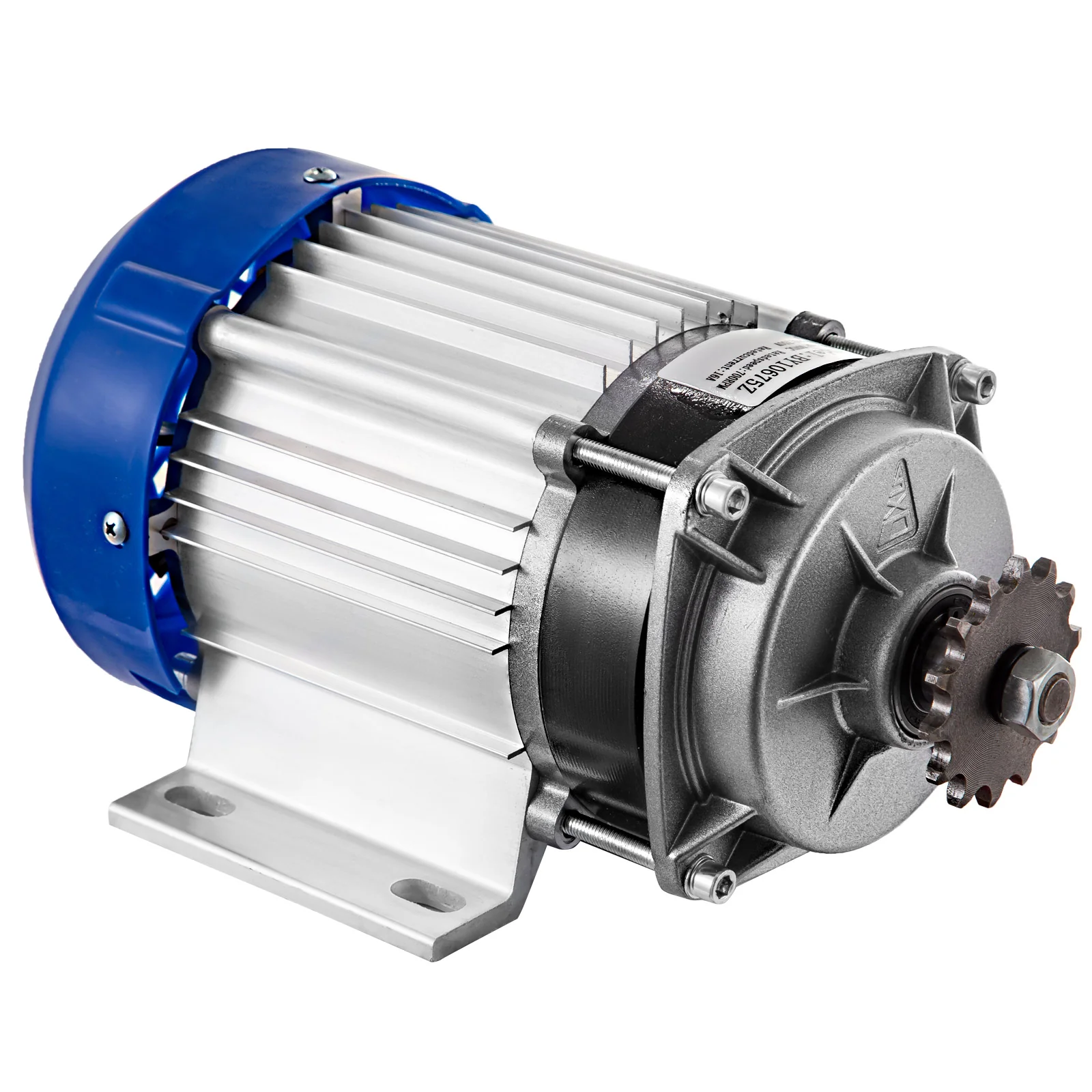
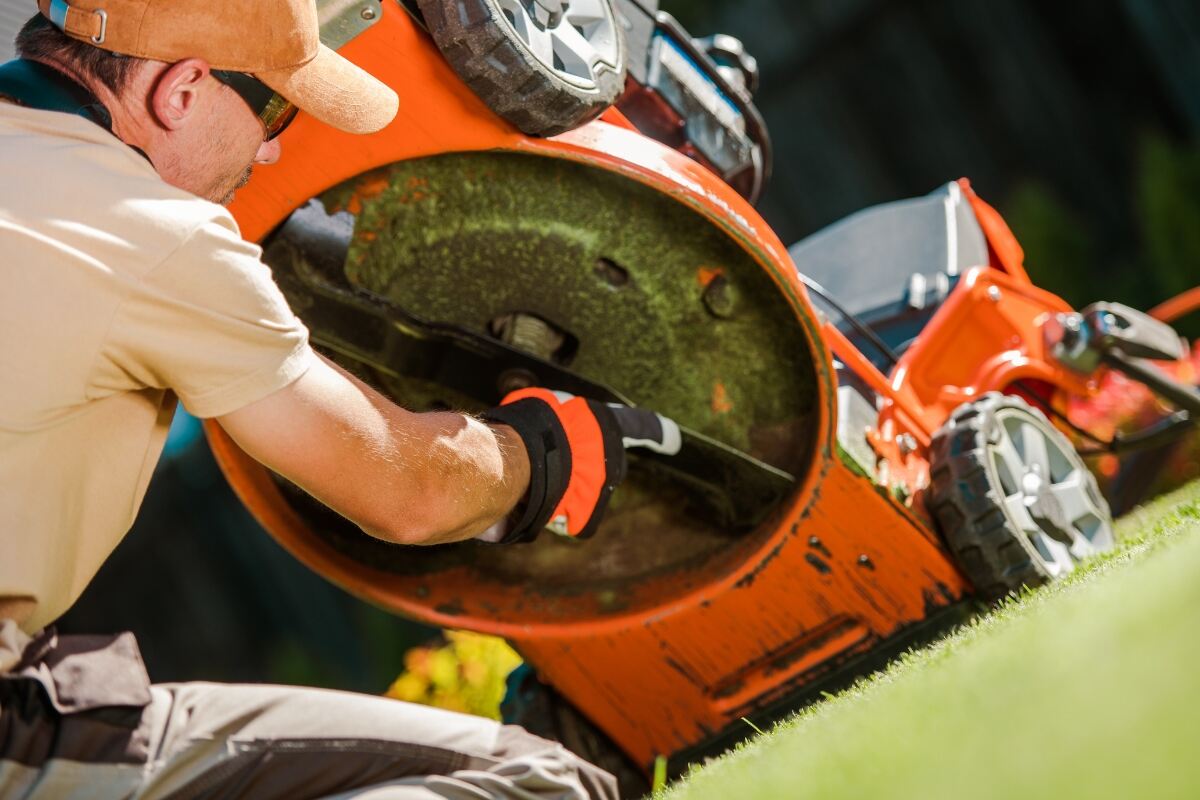
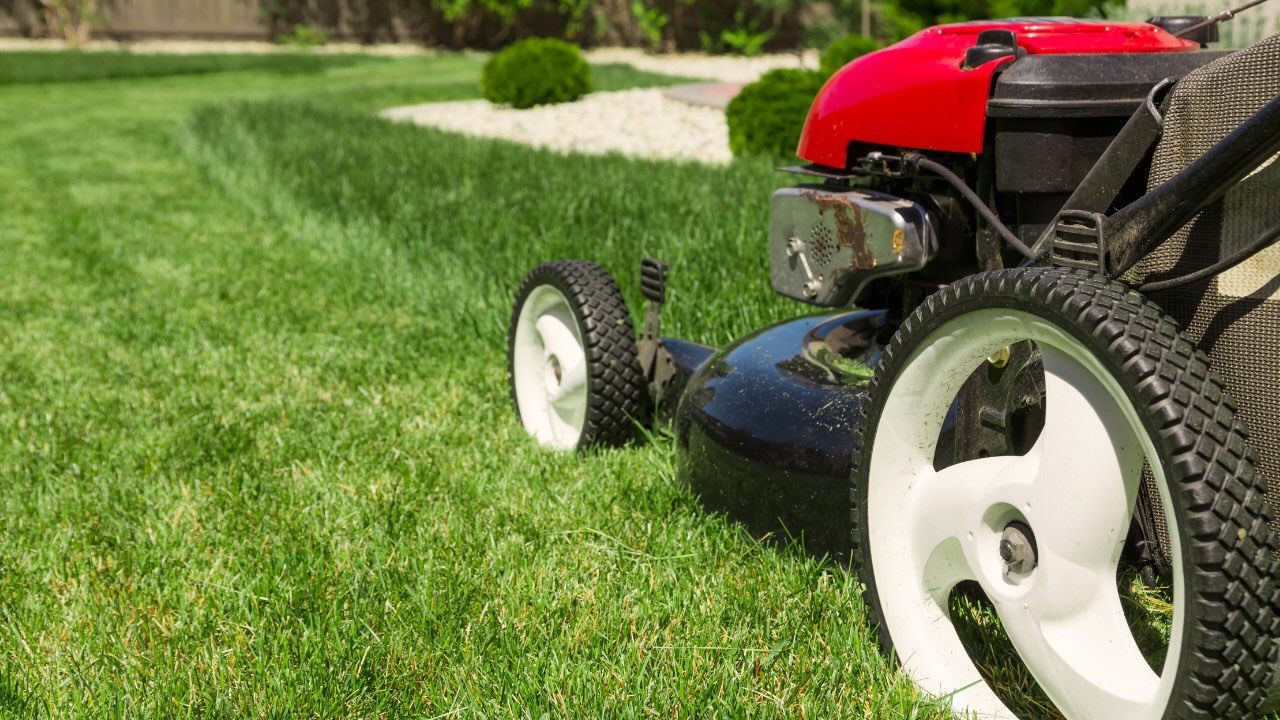

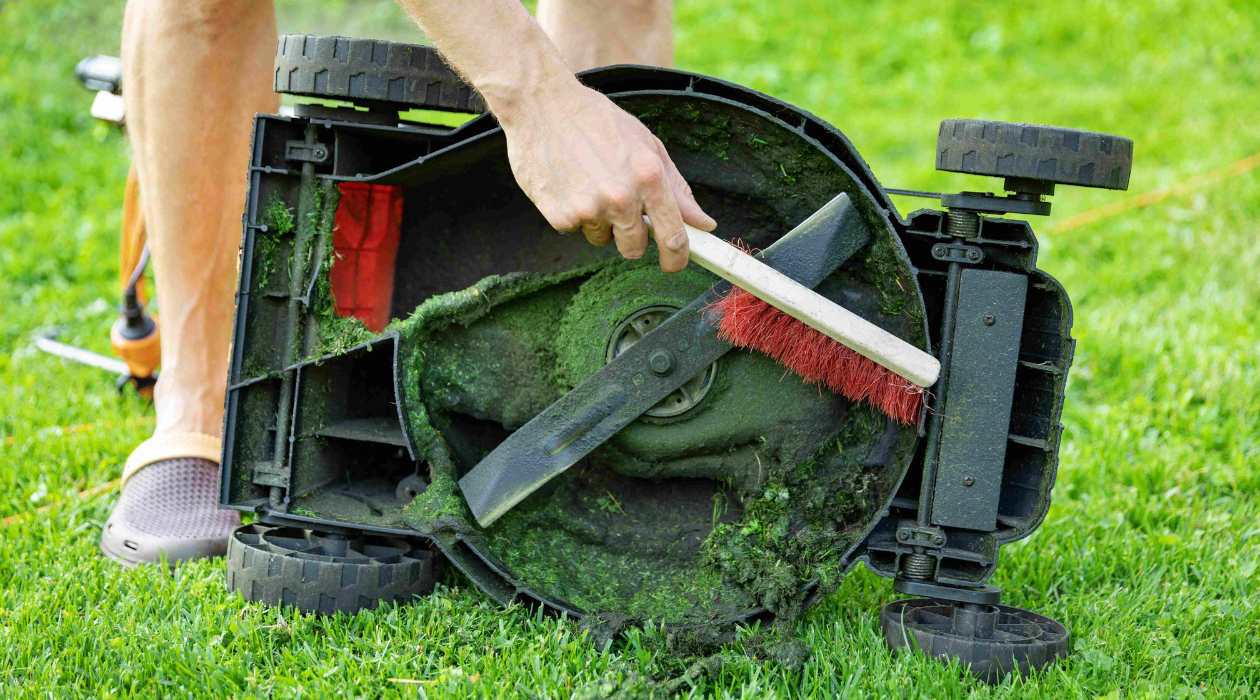
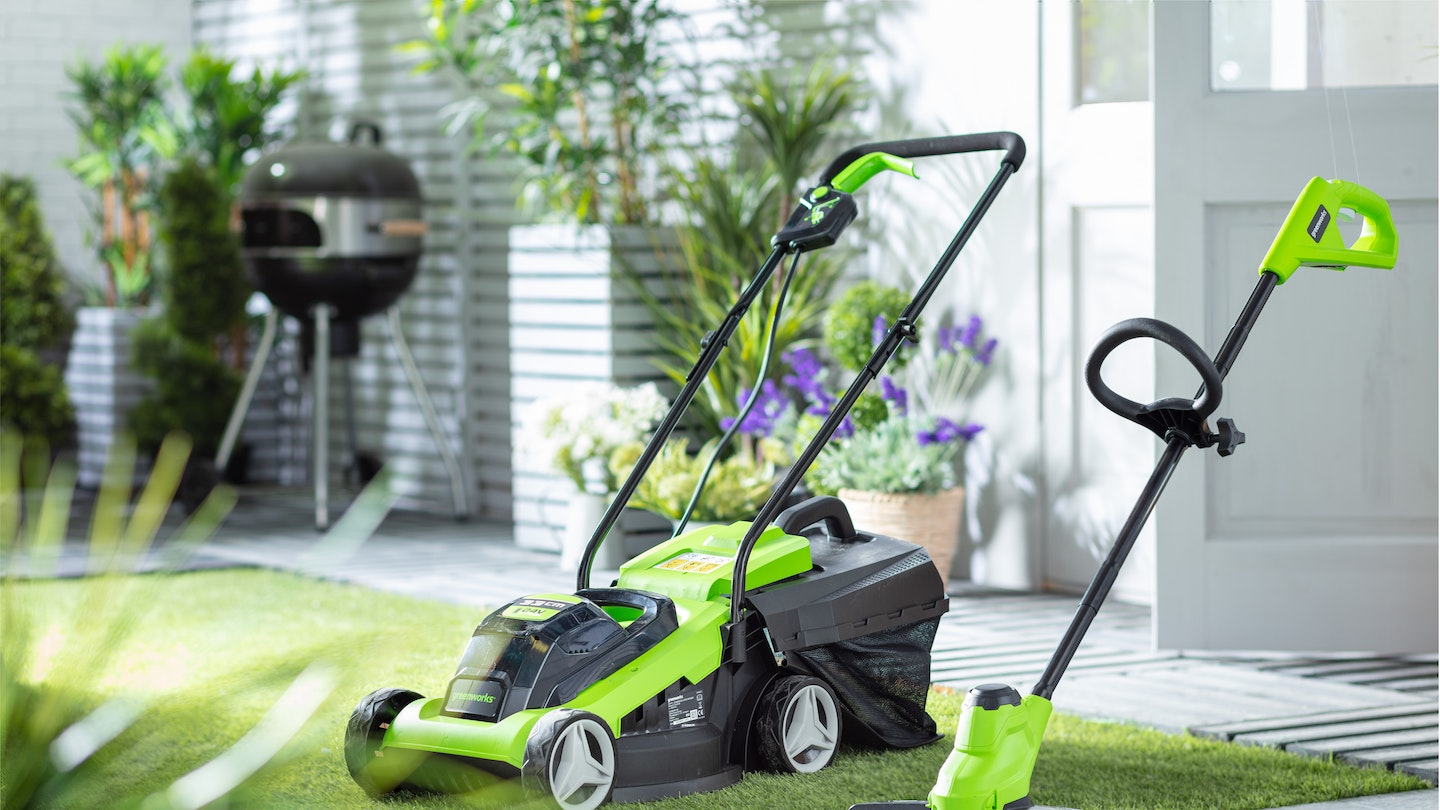
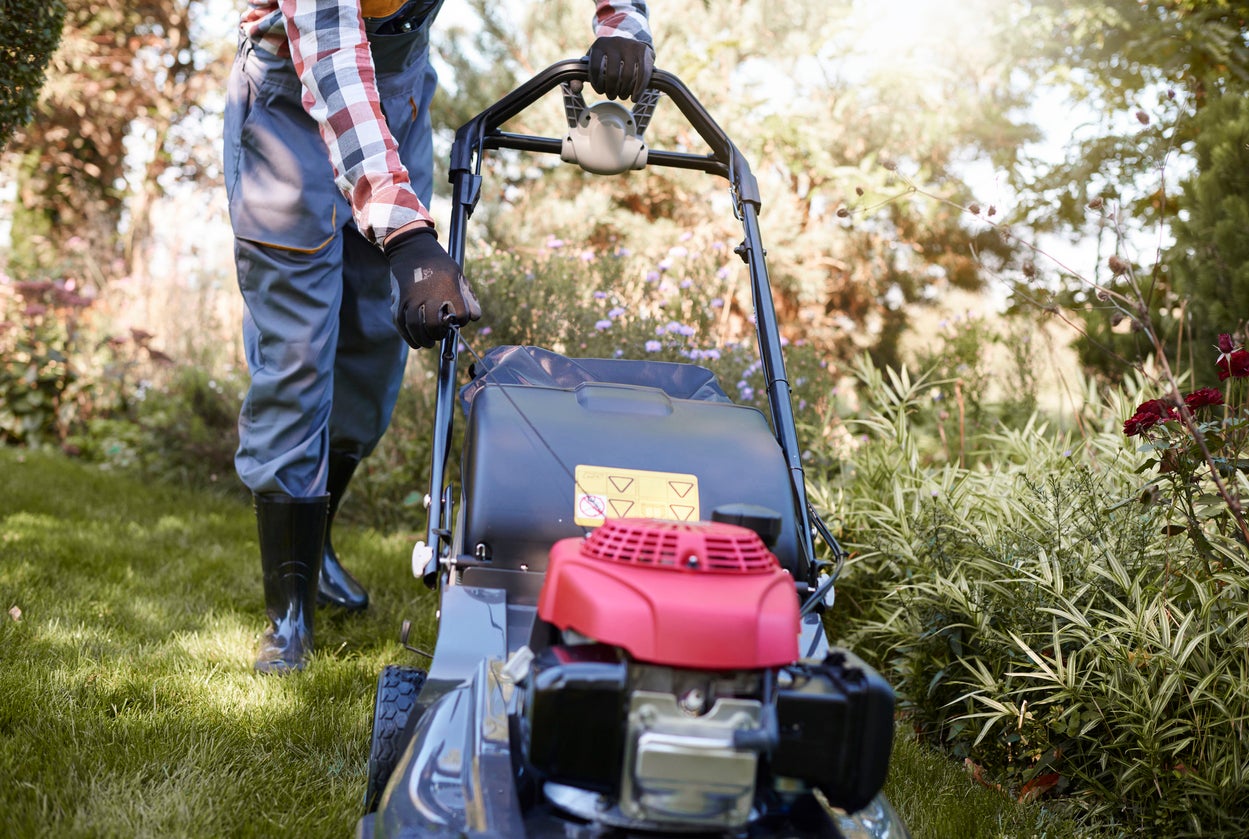
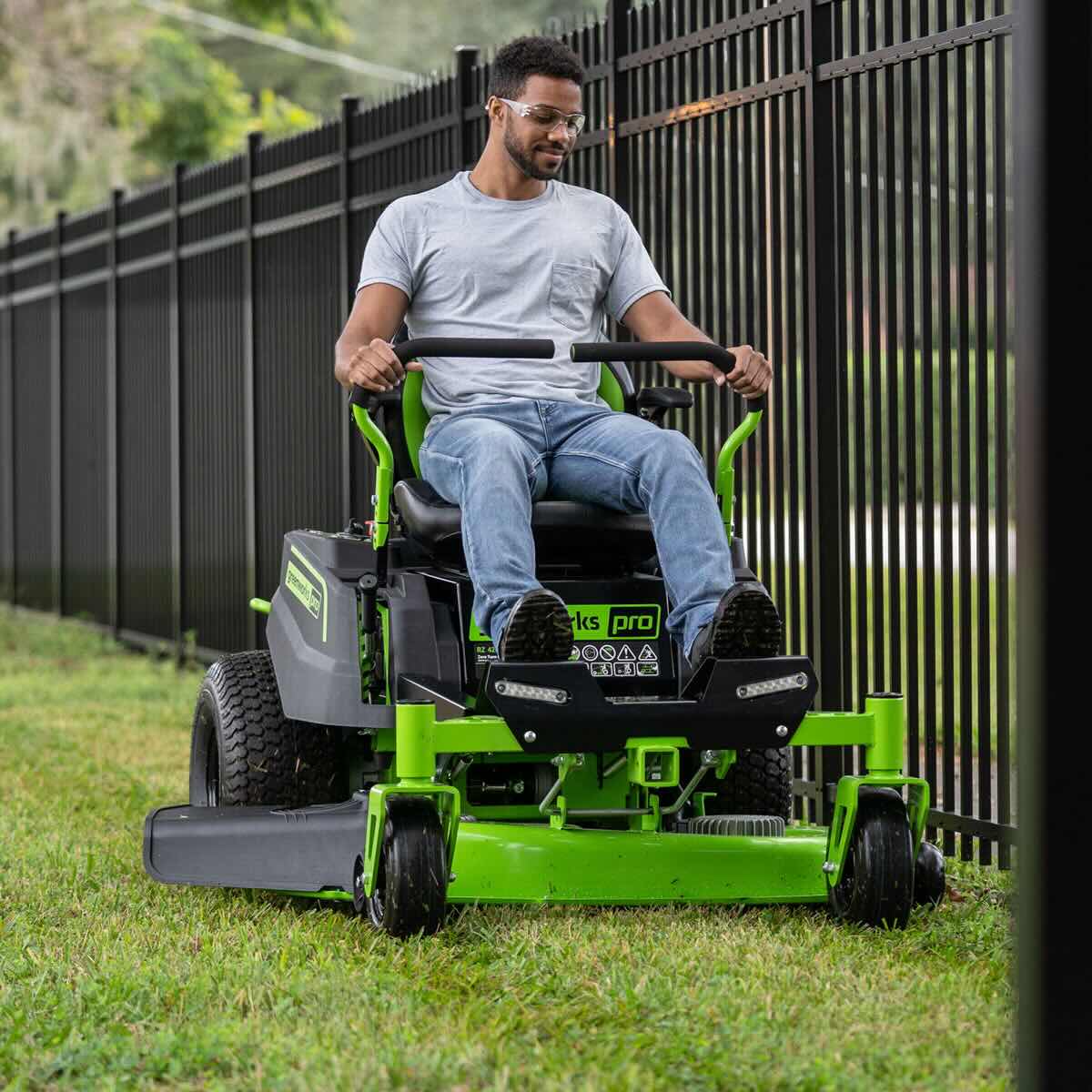
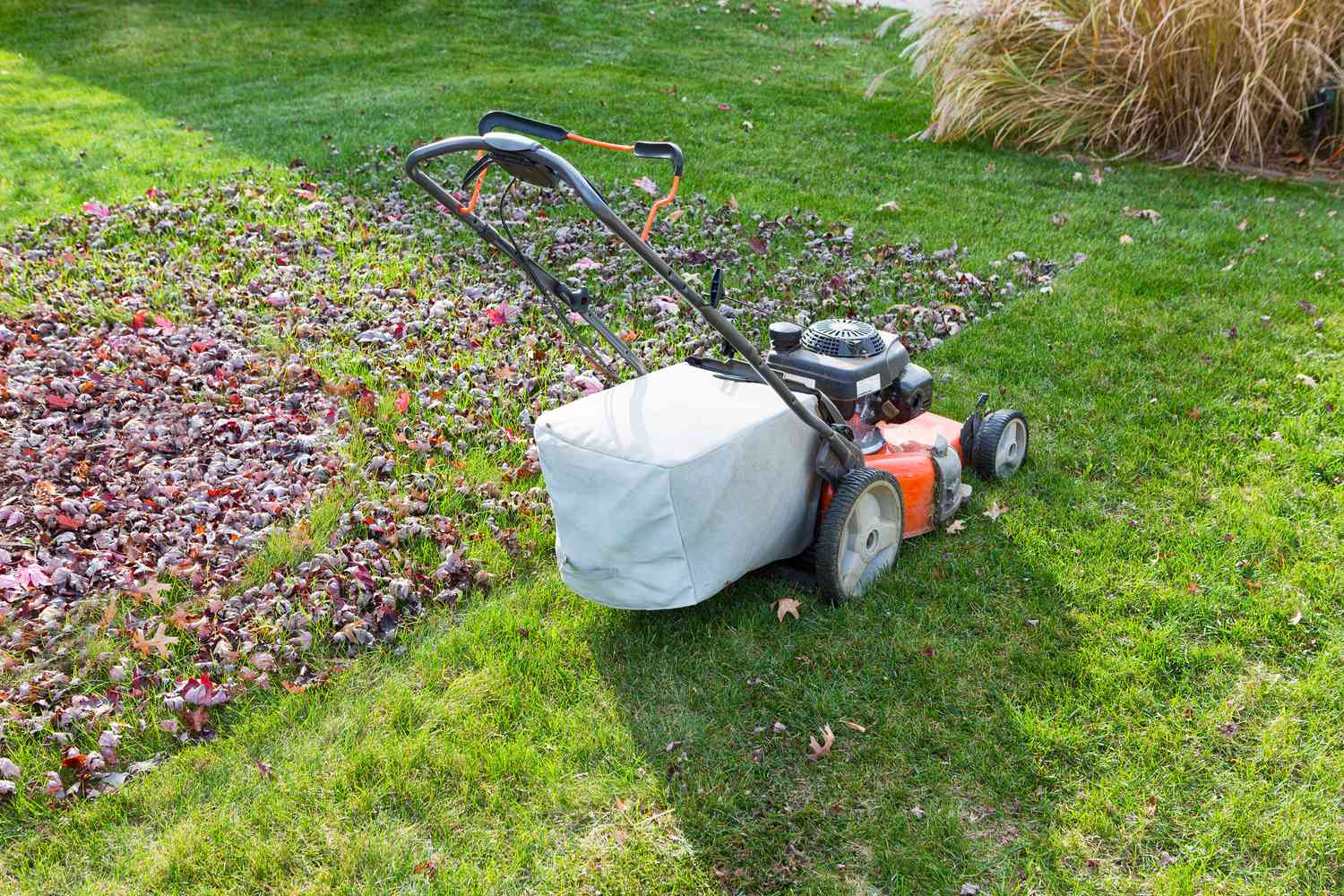
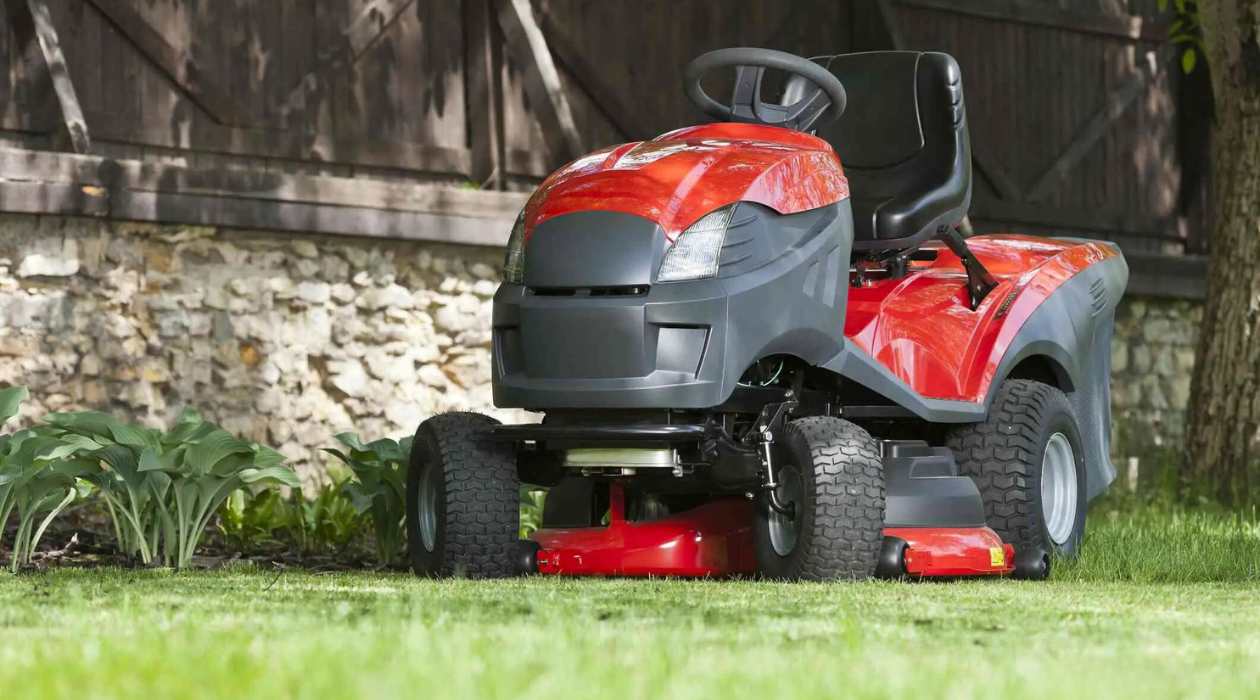

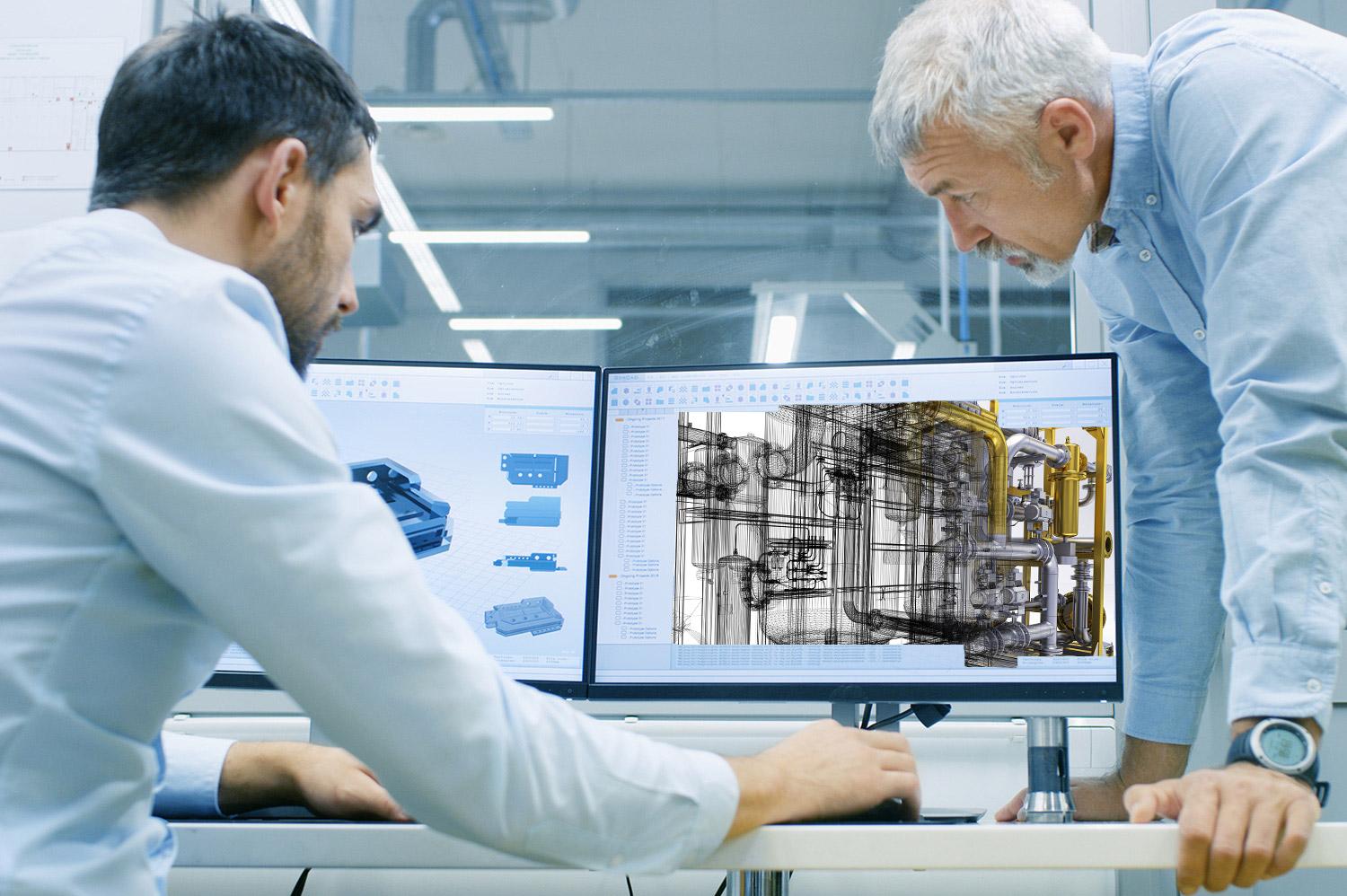
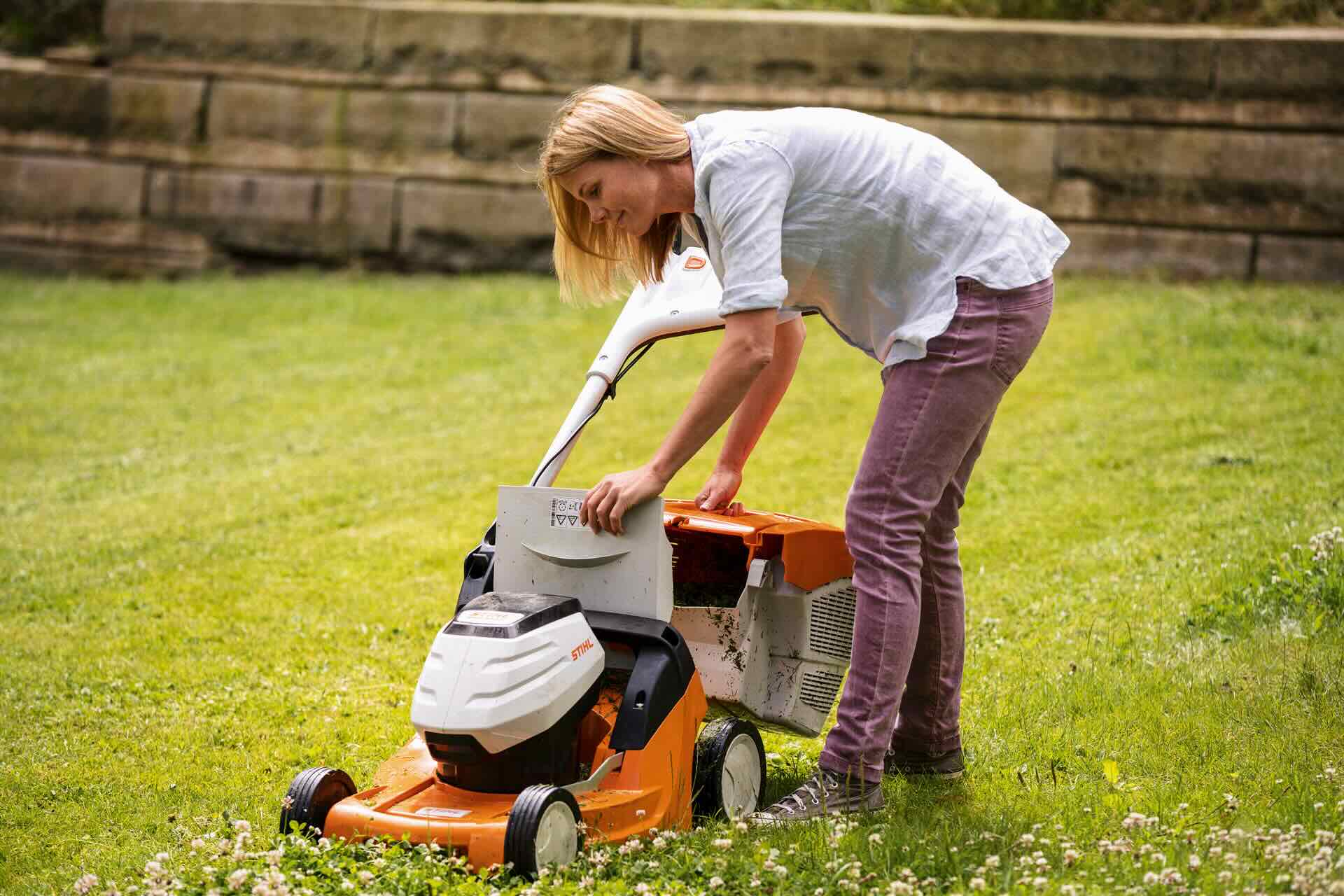

0 thoughts on “How To Make A Go Kart With A Lawnmower Engine”